Mastering The Business of Golf Course Agronomics [Career Guide]
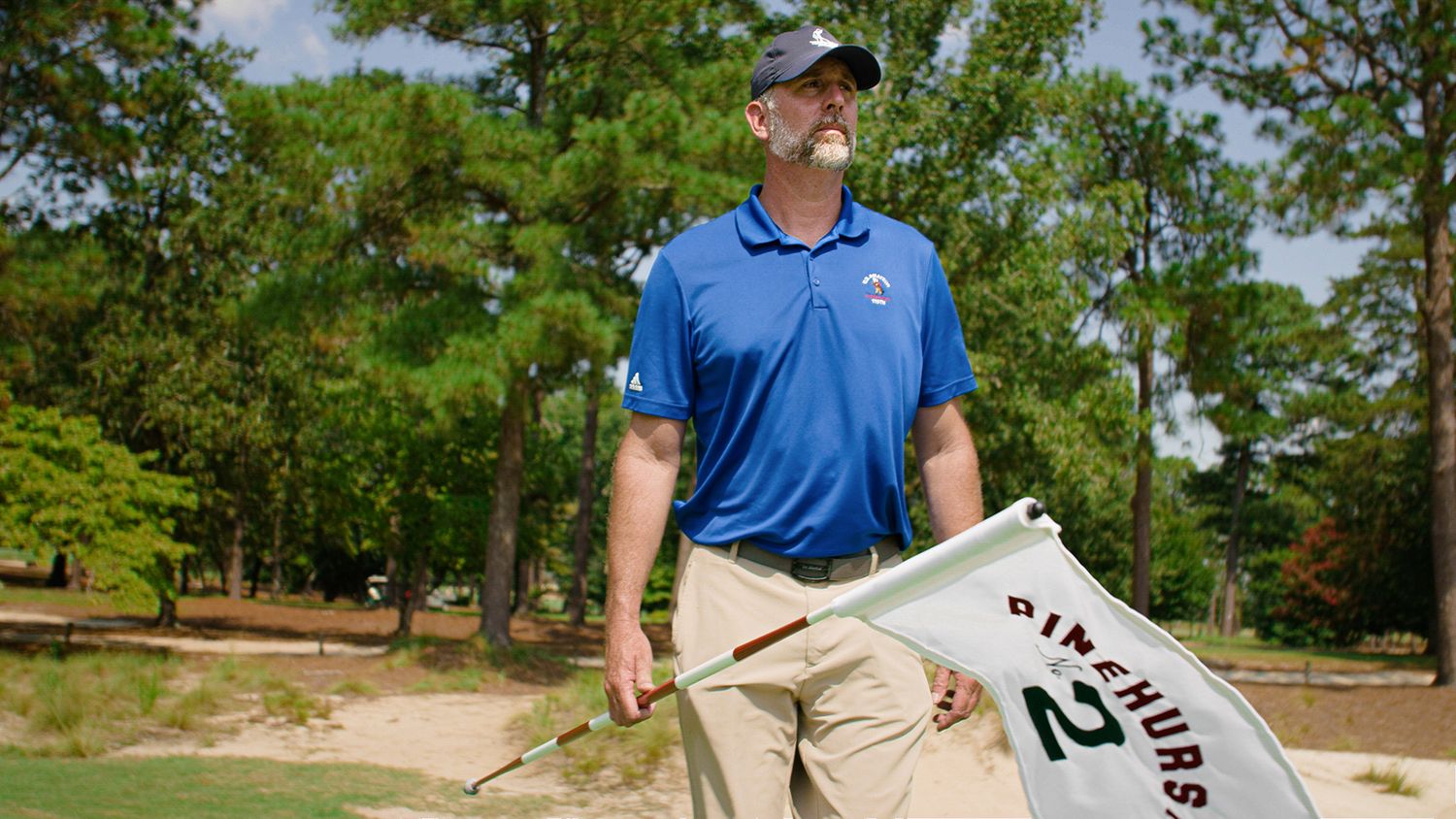
“Early in my career, someone once told me ‘Golf is a business. It’s a for-profit business,” said John Jeffreys, golf course superintendent at Pinehurst No. 2 and NC State turfgrass alumnus. “Yes, it’s your job to provide excellent golf conditions, but much of what we want to do to a course is disruptive to play. Don’t be stubborn and think it’s your way or the highway without regard for your customer. ‘Golf is a business.’ That stuck with me.”
Golf courses are heralded for both their manicured landscapes and challenging playability. Perfecting that combination makes for a premium player experience. A course’s beauty and skill challenges are the credit of a team of highly-trained management professionals led by a golf course superintendent. If you’re considering a career in turfgrass management, here is one of the top in the business from whom to learn.
Turfgrass Science As A Career
John Jeffreys has served at Pinehurst’s iconic No.2 course since 2006, first as assistant superintendent, including the 2014 season when Pinehurst No. 2 hosted the U.S. Open Championship. He then advanced to head superintendent in July 2014. At the top of his game now, Jeffreys started by working summers at his local golf course but didn’t initially recognize the long-range career potential.
“I worked at Wil-Mar Golf Course in Knightdale, North Carolina, throughout my high school years. One day the owner of the golf course said to me, ‘John, you know you can go to school for this.’ And I thought – hey, that sounds like fun,” Jeffreys said. “I went to NC State for turfgrass science. That’s how I got started.”

Course Title Progression
In the golf industry, there are a lot of titles that sound similar. Who does what, and where does a student start?
“At our course, groundskeepers are on the front lines of labor – mowing greens, raking bunkers, and cutting cups. It’s where most people start into this business,” Jeffreys said. “Most superintendents start working at a golf course in an entry-level position in high school or college. Then, if they show promise, they progress through the ranks to an assistant in training, then an assistant superintendent, and finally a full superintendent.”
But titles can differ, especially between courses and continents. Similar titles to superintendent can be director of golf course maintenance, director of agronomy, or even greenskeeper in some countries. But by any name, the superintendent’s position demands a high level of professionalism, people skills, and turfgrass science.
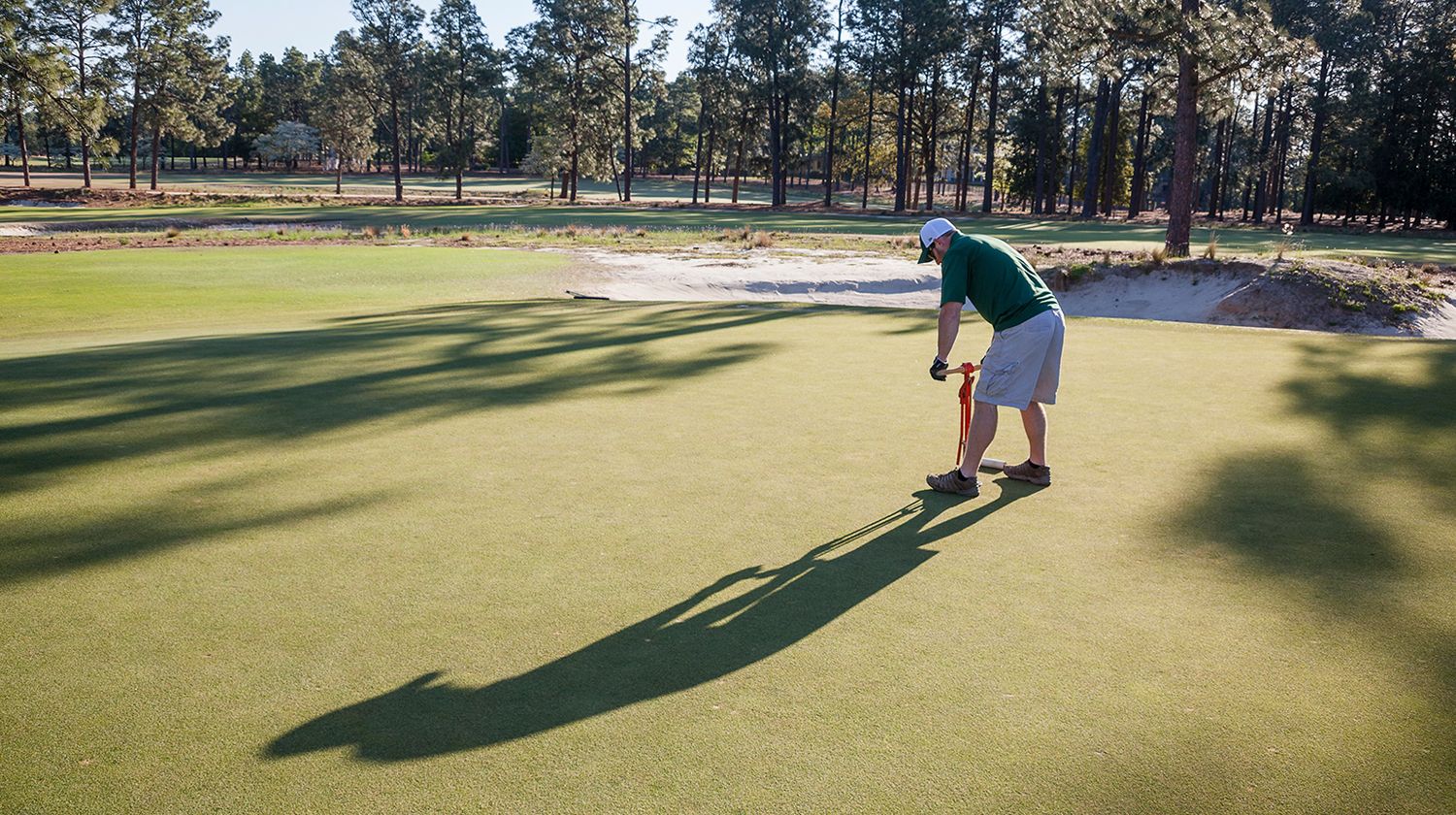
Managing Teams and Tees
“Our team’s primary responsibility is the business of golf – green speeds, fairway density of turf, tees, bunker conditions, and overall aesthetics,” Jeffreys says. “My job as superintendent is to make sure we have the right tools and people to do it – and that they have the freedom and responsibility to perform.”
Superintendents are multi-tasking managers of the golf course environment and its maintenance team. Most superintendents report to the golf club general manager and oversee a multi-layer team, including groundskeepers, spray technicians, and interns who work together to meet or exceed players’ expectations. Superintendents aren’t just responsible for the grass but also a large part of the customer experience and course budget. This financial responsibility can equal up to 80% of the course resources.
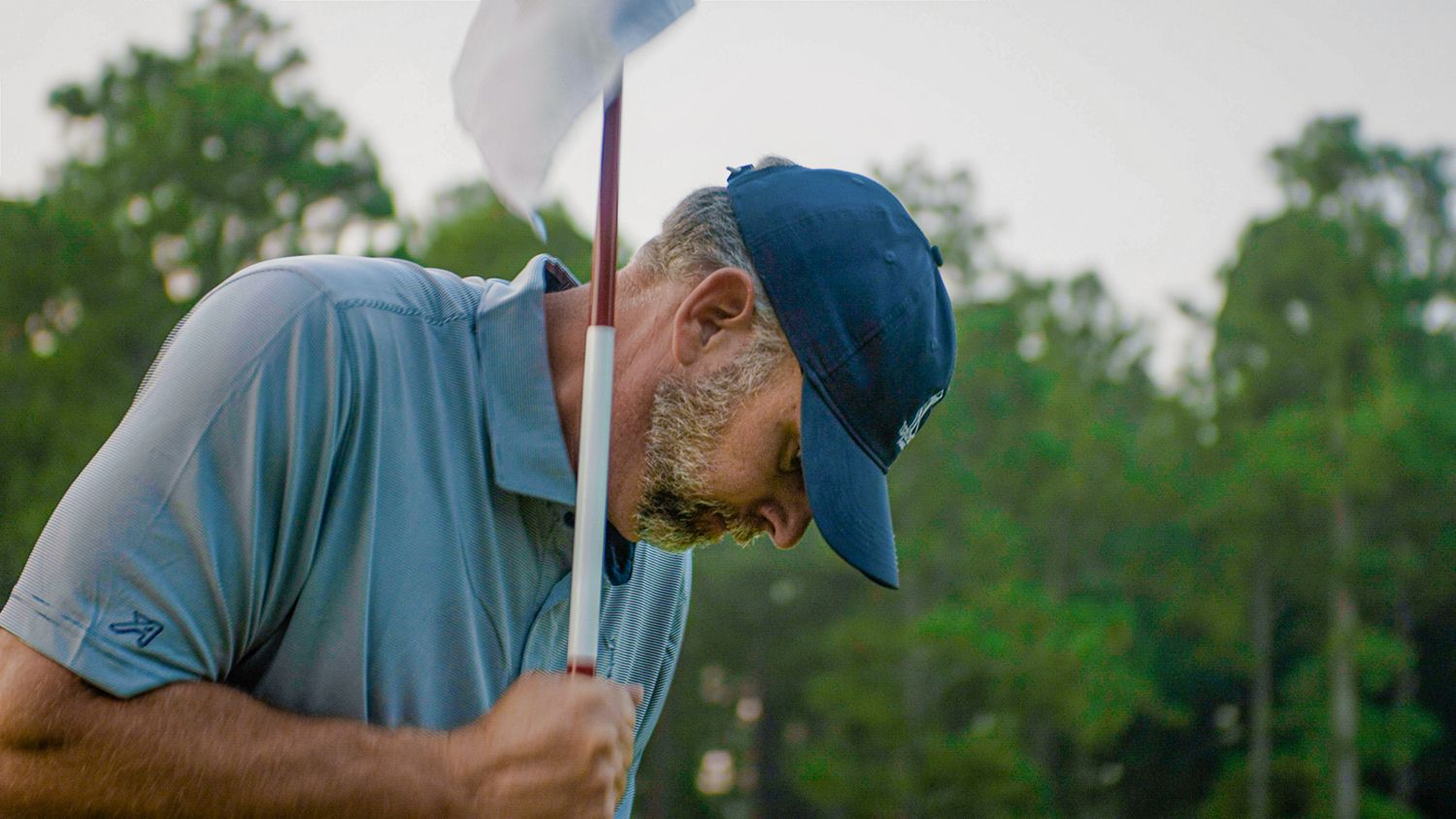
In addition to their course maintenance crew, superintendents work with the golf shop staff, sales and corporate groups, food and beverage managers, and marketing teams within the club. Outside the organization, superintendents interact with chemical, fertilizer and equipment providers to supply the course needs.
It might surprise you how much of this business is creating and balancing relationships.
“The most undervalued skills in our industry are communication skills like public speaking or argument and advocacy,” Jeffreys said. “It’s comfortable for us to work out on the course, but there are many times when we have to step inside and speak to an owner, a CFO, or a greens committee chairman. These people are highly educated and trained in their fields. We have to represent ourselves equally professionally.”
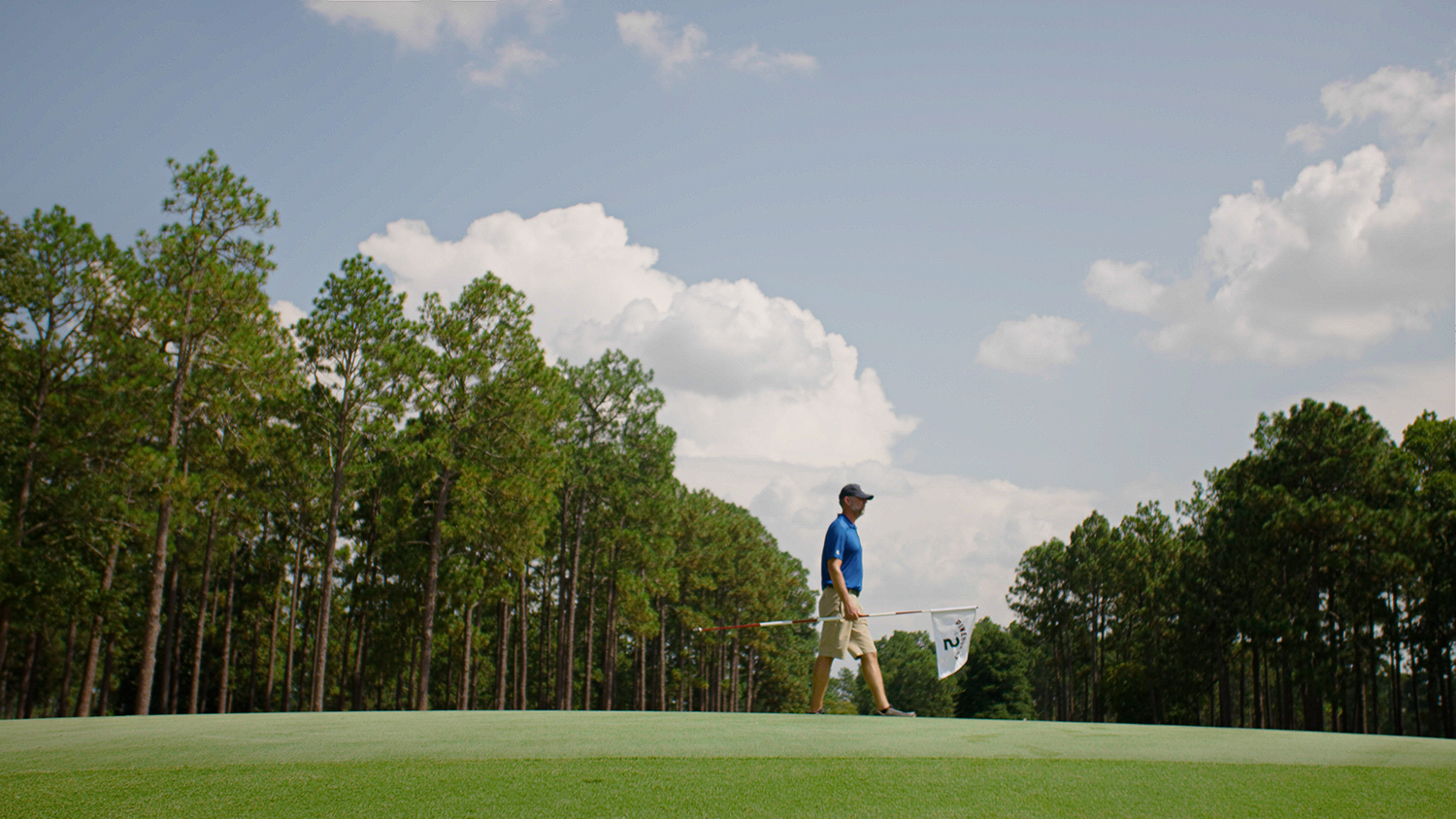
A Day in The Life
So what’s it like to run a world-class course? Jeffreys notes that while there’s no typical day in his field, there are some common routines. Here’s how a day in his life unfolds:
5:15 Meet with assistant superintendents to finalize morning plan.
5:30 Assistants meet with team to assign tasks.
5:30 – 8:30 Participate in team activities such as cut cups, spray greens, etc.
Quality of work and final product inspections.
General course observations.
8:30 –9:30 Assistants assign second jobs to team
9:30 – 11:30 Payroll and administrative duties (check inventory, place orders, sales rep meetings)
11:30-12:30 Lunch
12:30-12:45 Meet with team to discuss general information
12:45-2:30 Observe completion of tasks
Monitor course conditions for water needs and punch list items
2:30-3:00 Meet with assistants to discuss next day’s activities
3:00 Course inspection/planning
Complete administrative responsibilities
How to Become a Golf Course Superintendent
Many avid student golfers and moonlighting landscapers aren’t aware of the higher educational opportunities (and requirements) for golf course superintendents. And education does count. Superintendents must have the agronomic knowledge, human resources skills, and communication prowess to effortlessly switch between hands-on golf course work and club board meetings.
The Golf Course Superintendents Association of America (GCSAA) offers industry certification for the golf course superintendent title, which reportedly commands an additional $20,000/year in salary compared to uncertified superintendents. GCSAA’s rigorous certification program is founded upon agronomic education and proven industry experience. The more turfgrass academic knowledge you possess, the faster you can achieve certification.
The most direct path to a golf course management career is to earn a bachelor’s or associate’s degree in turfgrass science. But qualifications vary depending on the course.
“I know superintendents with no college education, some with two-year and some with four-year degrees plus a few with master’s degrees and even one with a Ph.D.,” Jeffreys said. “But the largest percentage of successful superintendents seem to have a two or four-year degree.”
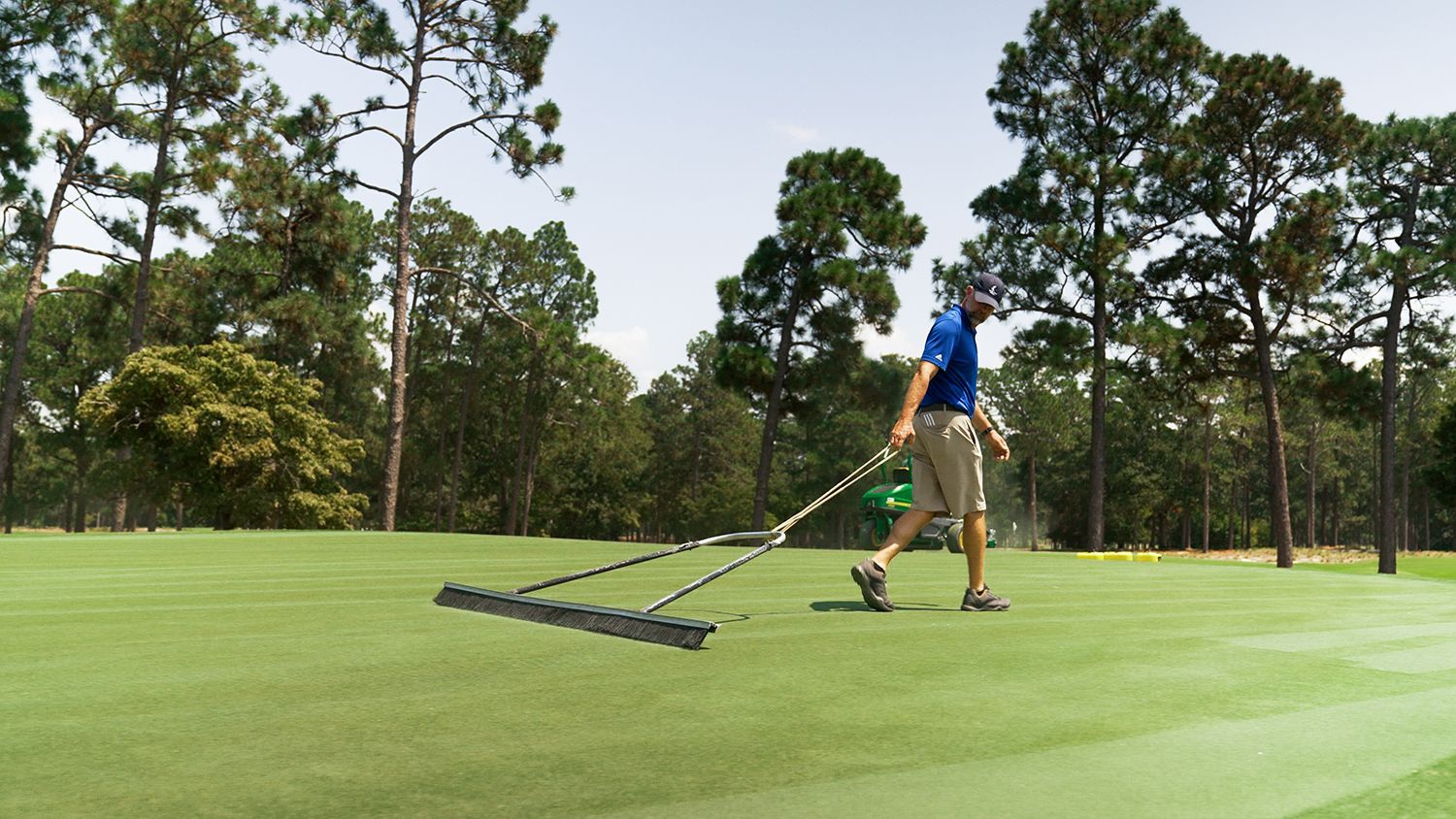
Does A Master’s Degree Matter?
It depends. “For me? No. When I graduated, I wanted to get out on the golf course. That’s where I wanted to be,” Jeffreys said. “But I recently had an assistant in training who had his master’s degree. He has a wide variety of career opportunities. The additional degree definitely gives him flexibility in what he wants to do.” So it depends on what options you may want to have long term.
What Makes A Good Golf Course Superintendent?
“You need to enjoy getting up early,” Jeffreys laughed. “It’s a long day and a long season in warm areas like NC where we play nearly year-round.”
And patience. “Let’s face it; it would be easy to manage a golf course without golfer traffic. But that’s your revenue! So we have to be flexible and balance what and when we can get work done alongside the bigger goals of your club.”
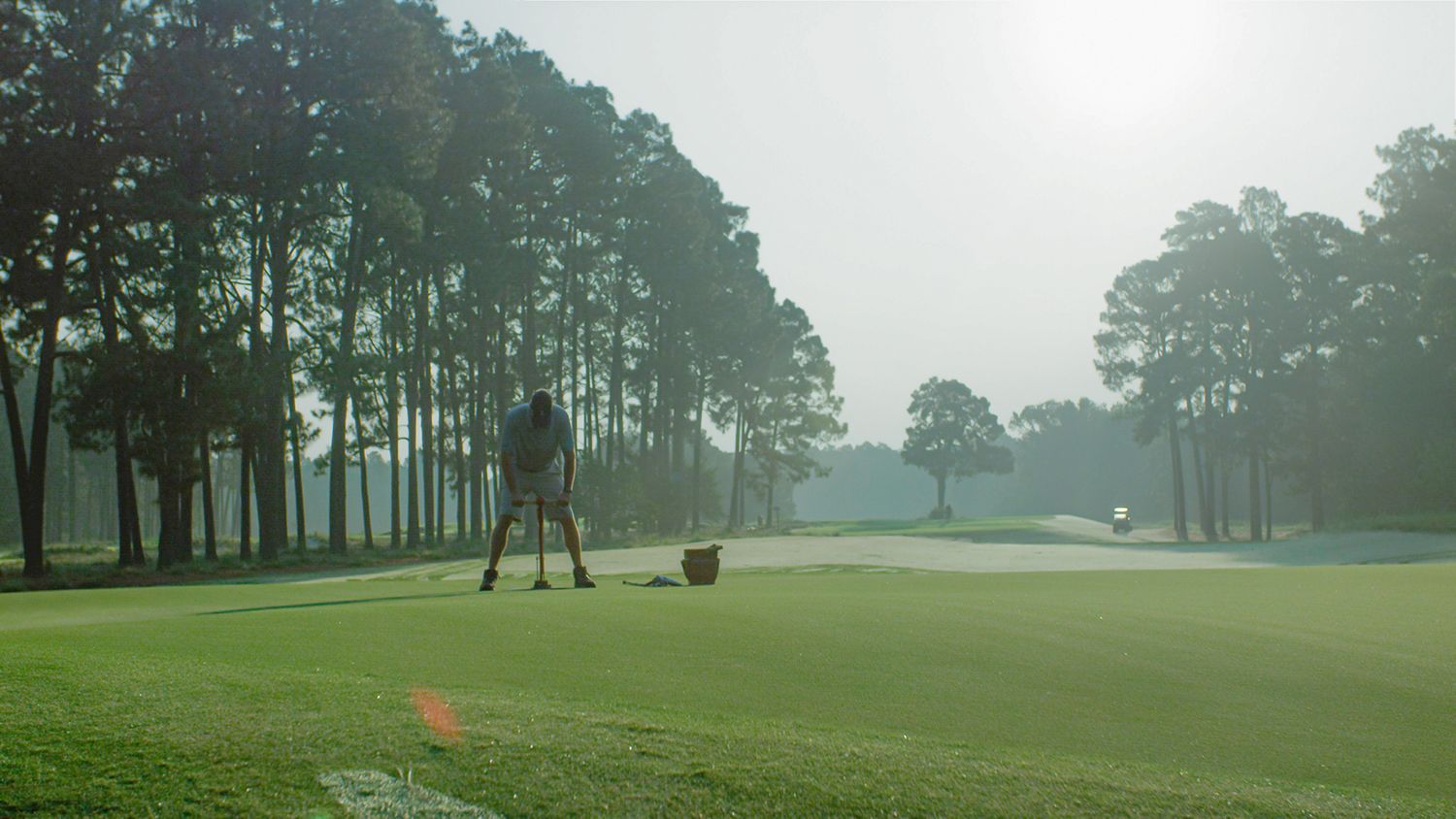
Look For Improvement
Jeffreys says a good superintendent also has to view the course with a fresh set of eyes each day, just as a golfer would. When you’re on the links 10+ hours a day, that can be hard to do.
“I like to get out and walk the course before anyone else is out in the morning. I don’t drive the cart path. I get out there on the course and think like a golfer. I start at the pro shop steps and take the exact path a player would take to the driving range, then to the first tee and look at it from that perspective.”
Or, if you’re lucky enough to find a break in play, he suggests creating an impromptu focus group and tee it up.
“Get out and play the course! Especially if you can play with a few members. Ask questions and listen to what they’re seeing and experiencing. Be open to constructive criticism. Then, be humble enough to accept that you may not be doing everything the best.”
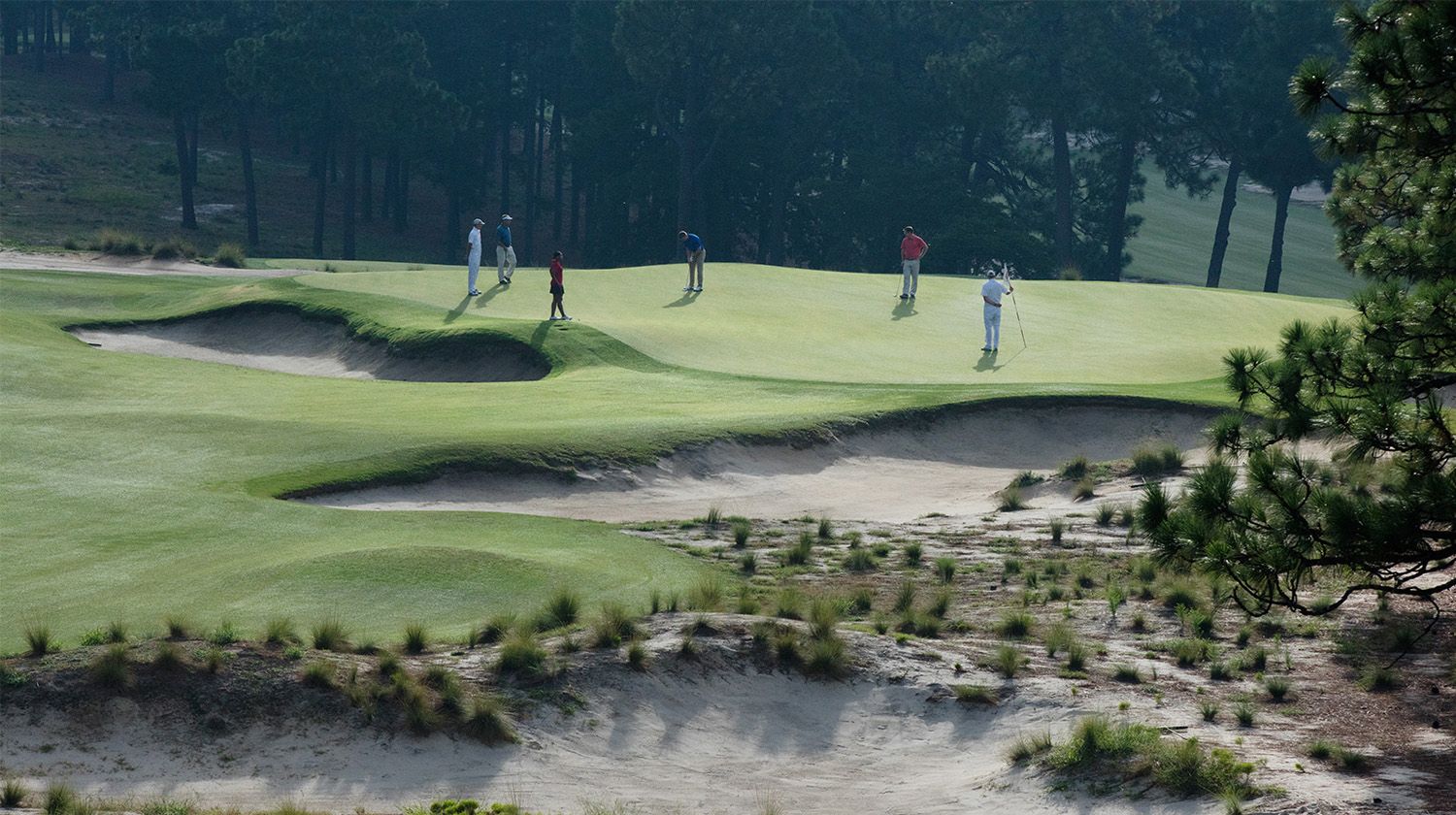
Perfect The Product
When you focus on completing a daily checklist, Jeffreys says you can get tunnel vision. It becomes easy to overlook little things that someone else might see as a flaw. He asks his crew to think like a professional photographer.
“I’ve told them, ‘If you were taking a picture of this golf hole, what would you have to airbrush out? What would you have to change to make it a great photograph?” In the real world, Photoshop sets a tough standard.
Must-Have Turfgrass Management Skills
Knowledge of turfgrass science is a given for this industry. But it might surprise a student to know how little of a superintendent’s time is spent working on the golf course.” Jeffreys said. “There are days when I do spend 8-10 hours on the course. But the harder part is to come back in and get the office work done.”
He emphasizes communication, interactions, and team building – which is sometimes a higher priority than agronomy.
“Managing the golf course – mowing and fertilizing the grass is sometimes the easiest thing we do. It’s more important to grow a team who can execute to make our guests’ experience the best it can be.”
Constantly Staying Current
While finding and retaining qualified labor is an ever-present challenge, Jeffreys says that technology trends are poised to impact the industry. So get comfortable with learning.
“Robotic equipment and GPS-driven units may be the next big thing. We’re basically looking for ways to do more with less – accomplishing the work of a 20-person crew with just ten to 15 people.”
Continuing education is also essential to staying current in business.
“We really have to stay abreast of the new fungicides, new fertilizers, and new chemicals either through vendor-supported education or professional organizations. And NC State Extension does an amazing job with education on new chemistries and techniques through their new Zoom classes,” Jeffreys said.
He underscored the need for lifelong improvement and flexibility. “You have to be open to change. “Golfers’ expectations are much higher today. And so much has changed – new grasses, higher green speeds, and new chemistry. A great golf course 25 years ago is an average one now. So you must adapt to new technologies and techniques.”

Tee Up Your Resume
How can future golf course superintendents best prepare themselves for their careers? Jeffreys says the keys are diversity and dedication.
“Spend as much time working at as many golf courses as possible. It might even mean taking a golf course job that pays less than you could make somewhere else. But if this is the career you want, it’s essential,” Jeffreys said. “And if you’re not sure geographically where you want to be, go everywhere. Be as diverse as possible with the jobs and internships you choose so that when you graduate, you know ‘yes, this is where I want to be.”
And he suggests finding a guide. “Find a superintendent who will mentor you and be honest with you about the job. It’s not easy but it is rewarding.”
What’s Your Handicap?
Does a golf course superintendent have to be a golfer?
“It helps,” Jeffreys said. “That’s our customer. Understanding what they see and expect is tremendously beneficial. You don’t have to be a good golfer, but you do have to know what good golfers expect.”
He acknowledges that his job’s primary challenge is to balance course aesthetics with playability.
“As an agronomist, you want to do things that are disruptive to play – aerify greens, top-dress greens – and the end result is better. But you have to think, ‘Would I be happy to pay money and bring my friends or family out to play here under these conditions?’ Remember,” Jeffreys emphasized, “Golf course management is about customer experience. Golf is a business.”
Sports turf management is indeed an enterprise – one that professionals, like Jeffreys, perfect daily.


Visit NC State Virtually
If you are a high school student interested in turfgrass science (or know someone who is), learn about our degree programs and enjoy a deep dive with our turfgrass program ebook. Or sign up for an email exploration of our department’s undergraduate studies.
Keep abreast of all the latest news and research from the Department of Crop & Soil Sciences by joining our Friends of Crop & Soil Sciences weekly newsletter.
Guiding students to careers that solve growing challenges is part of how we are growing the future.
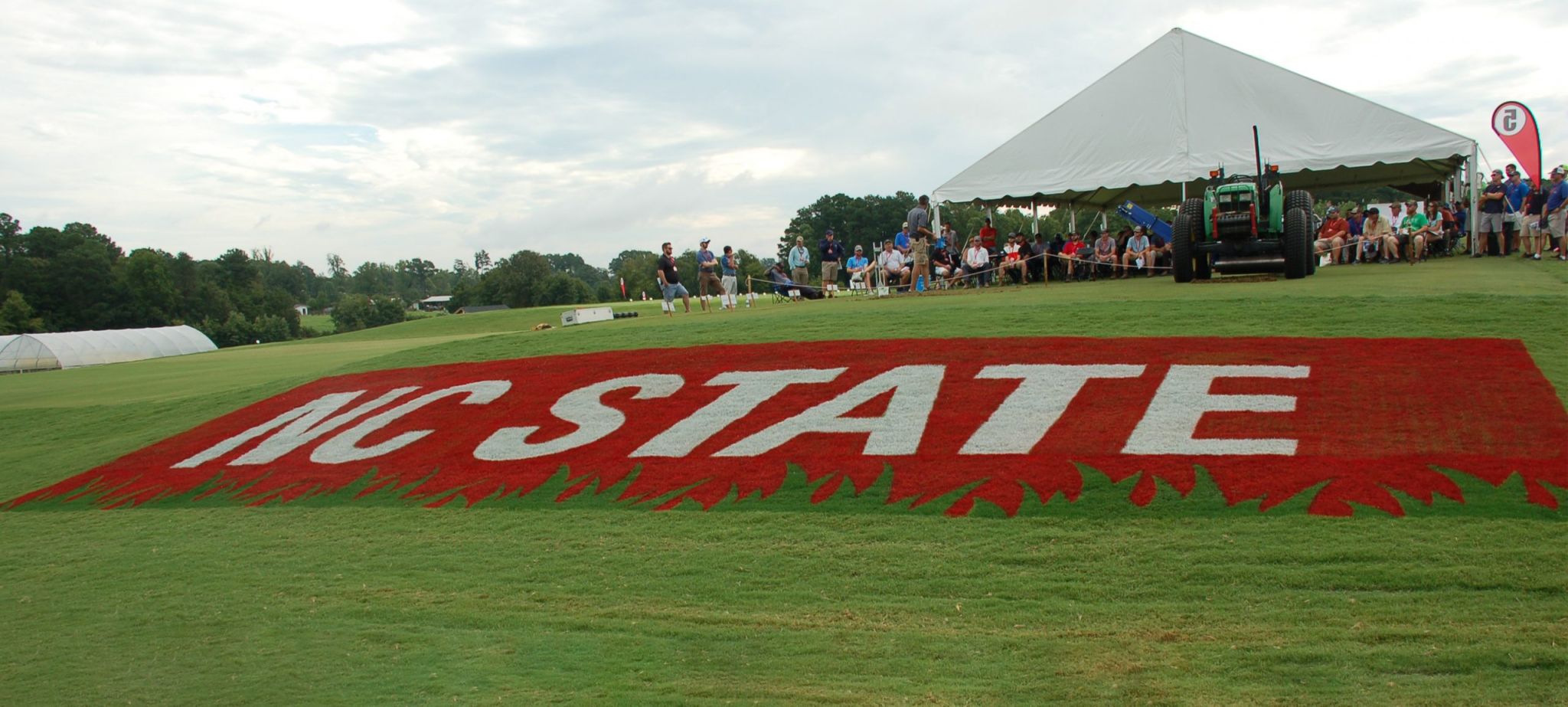
- Categories: